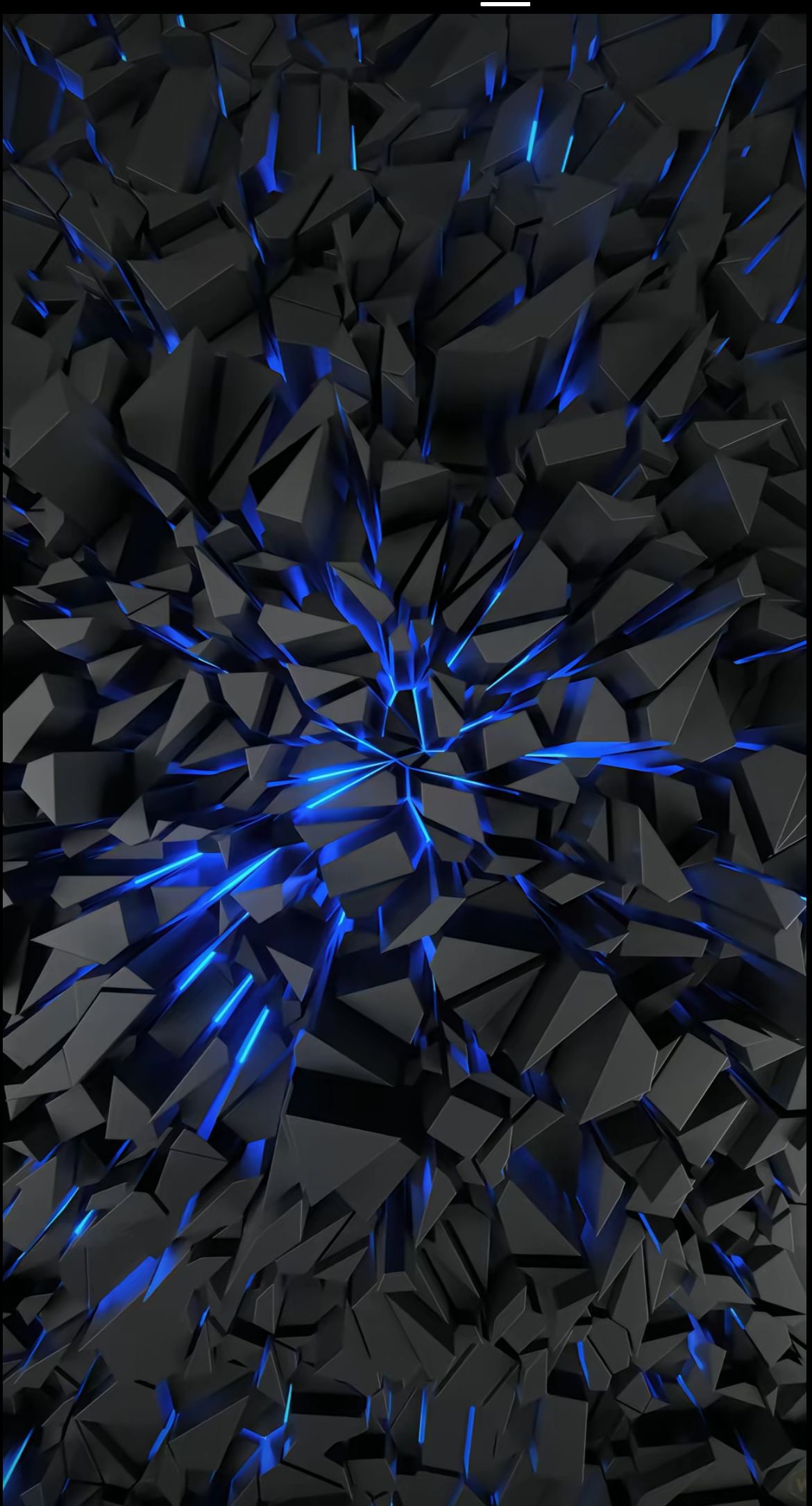Interview with concept artist : daehun park
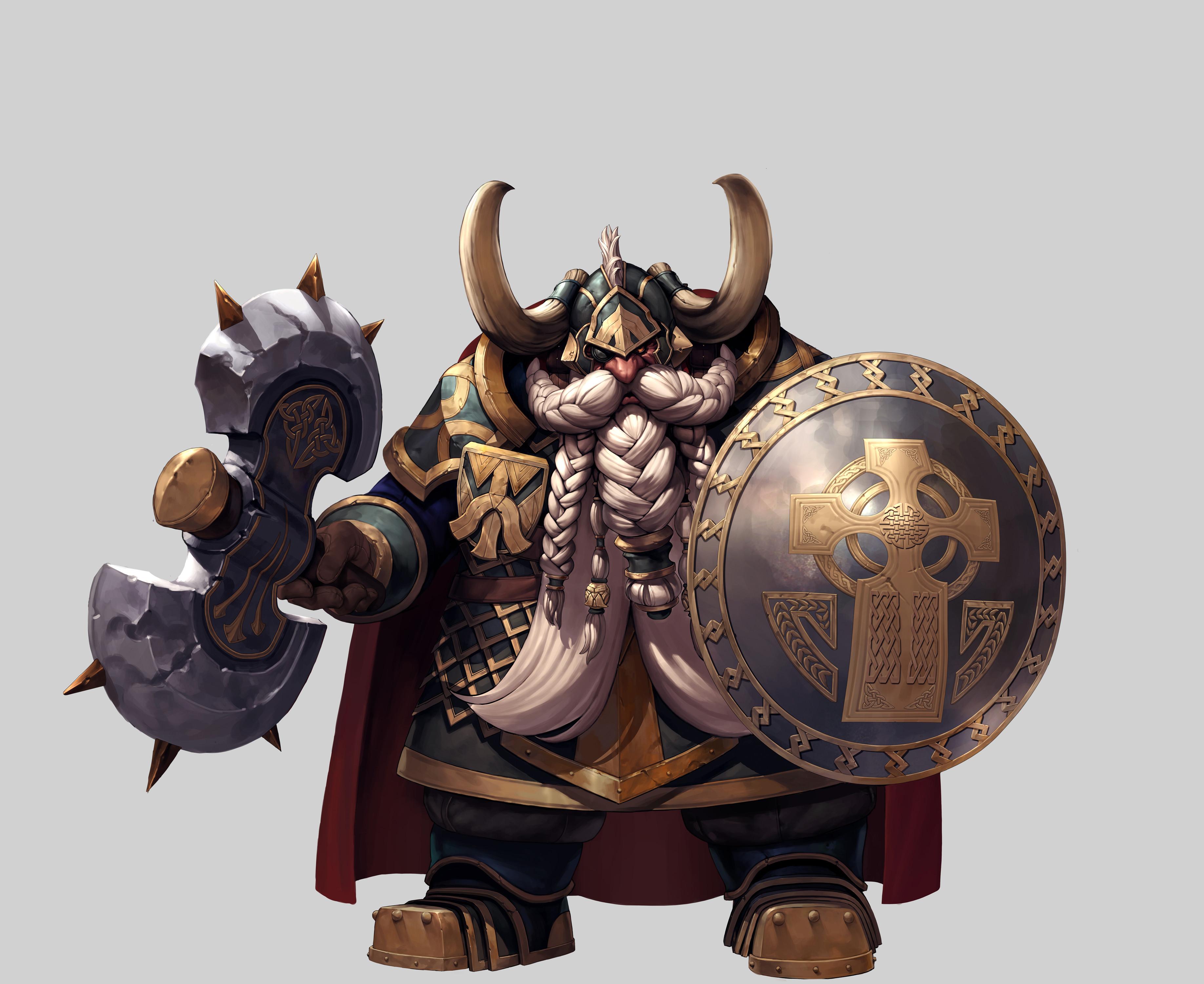
Can you tell us about your beginnings as an artist? What first inspired you to pursue this path?
- As a child, I was completely captivated by the world of animation, video games, and comics. I used to spend hours sketching imaginary characters, finding great joy in visually expressing stories from my imagination.
Back then, I dreamed of becoming a comic artist and began studying drawing in earnest, especially enjoying the process of creating characters.
Those early experiences have remained a strong driving force in my creative journey, and ever since, I have been seriously committed to pursuing this path.
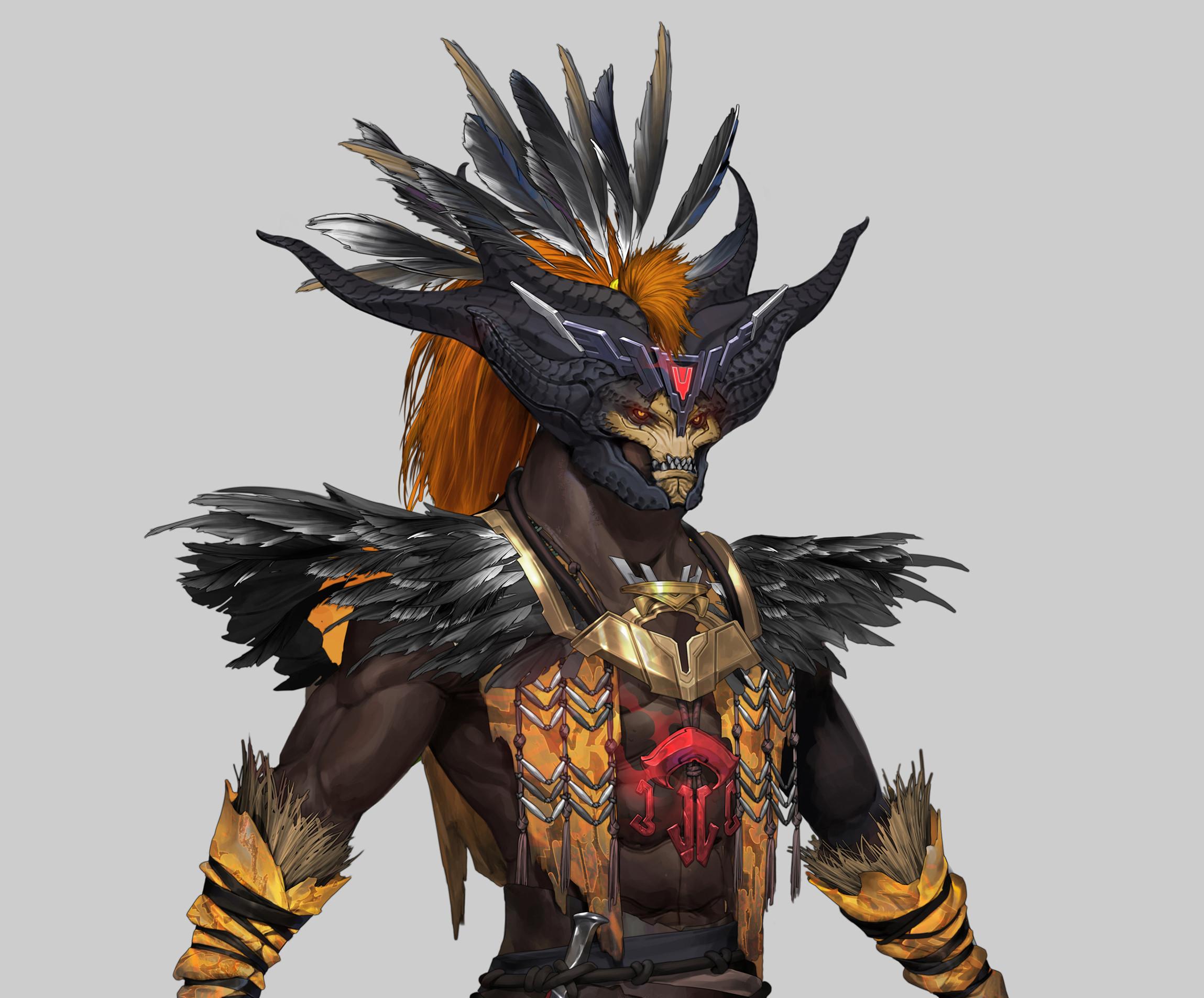
How has your career developed so far, and what were some defining moments along the way?
- My career has been a journey of continuous learning, collaboration, and self-discovery. One of the most memorable milestones was when I first worked as a concept artist. The thrill of seeing my artwork come to life within an actual game was indescribable, and I felt immense pride. As I worked on games spanning various styles, I reflected deeply on the direction of my art and naturally shifted my focus to personal projects. Through this process, I was able to establish a unique style, and by sharing my work online, I welcomed even more opportunities.

Your character designs are incredibly detailed and expressive — what is your process when creating them?
- I begin my work with the character's narrative—defining who the character is, their background, and motivations. After that, I think about what kind of inspiration my illustration can evoke in others. [The 2-second rule]: making someone pause for a moment when they see the artwork. I consider keywords like uniqueness, fun, sensuality, and trendy, creative design. I think of designs that could serve as a reference for someone else. I start with thumbnail sketches, explore silhouettes, and gradually add more detailed elements. I break down every aspect—expressions, outfits, accessories—into finer parts as I work.
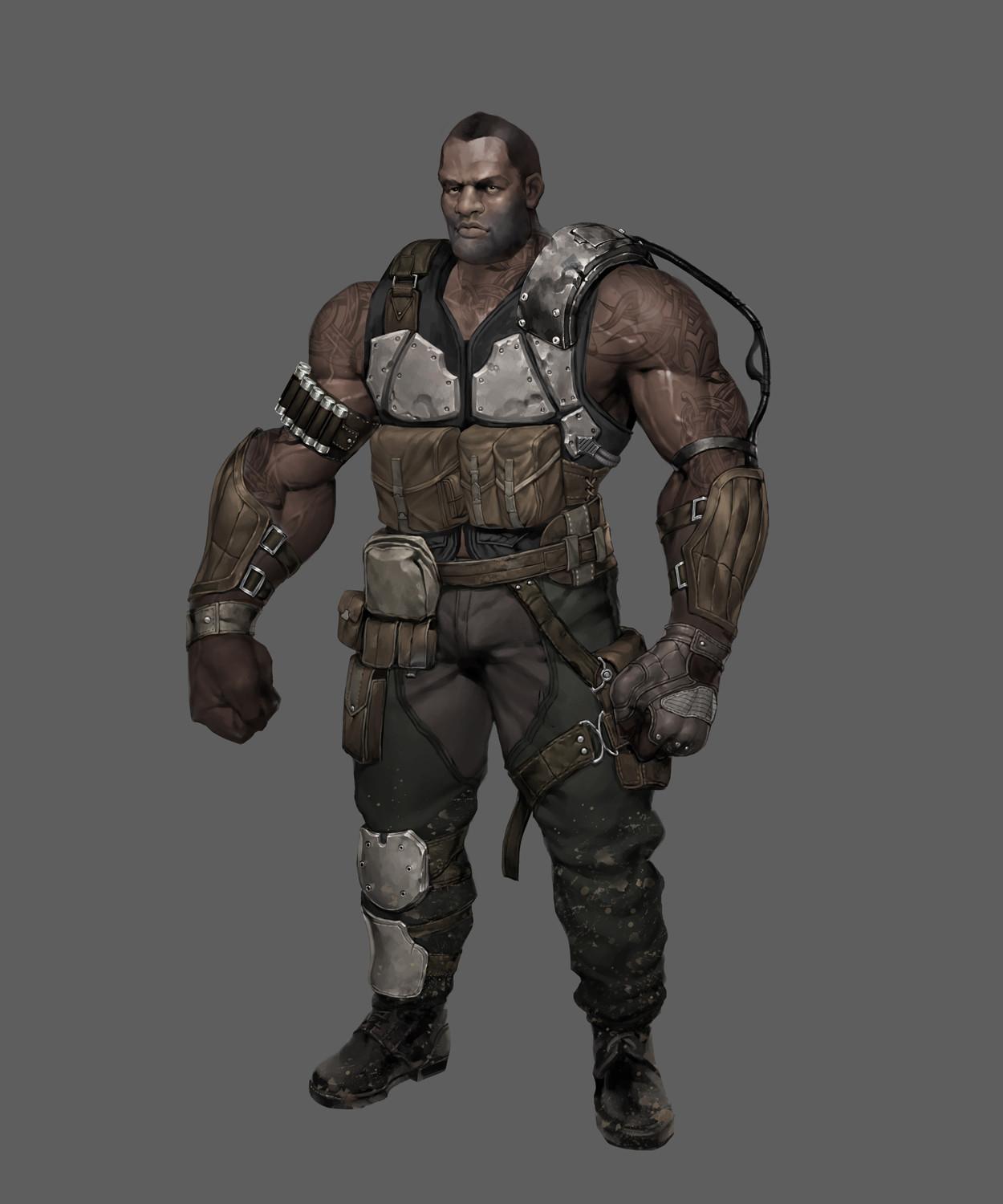
What are your main artistic influences or sources of inspiration?
- I draw inspiration from everything I love — from modern films and Japanese animation to fashion designers and concept artists in the gaming industry. As a game developer with a background in commercial art, I make an effort to stay informed about what's popular and engaging these days, constantly studying and learning in the field. Sometimes, I visit exhibitions and museums to learn from the spirit and mindset of artists.
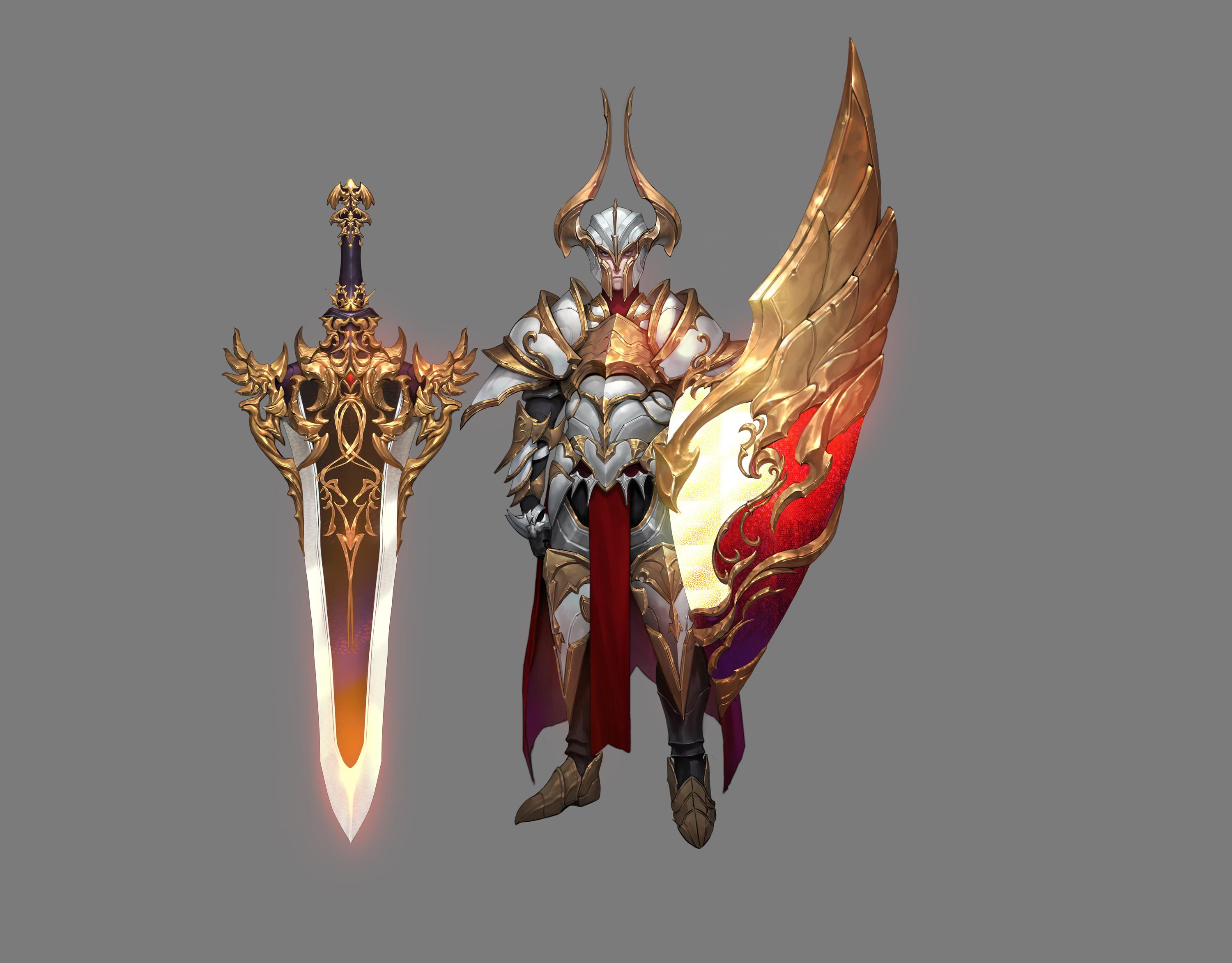
Could you describe your typical workflow from initial idea to finished artwork?
- I focus more on ideas than drawing itself. I look for fun and popular elements. Once the concept direction is clear, I pose the character accordingly and evaluate whether the thumbnail and silhouette are interesting. This stage is usually done with glazing. When I'm satisfied with the silhouette, I move on to sketching and incorporate various design elements. I express it with a sense of density, and finally, I apply pin light to showcase my own unique style.
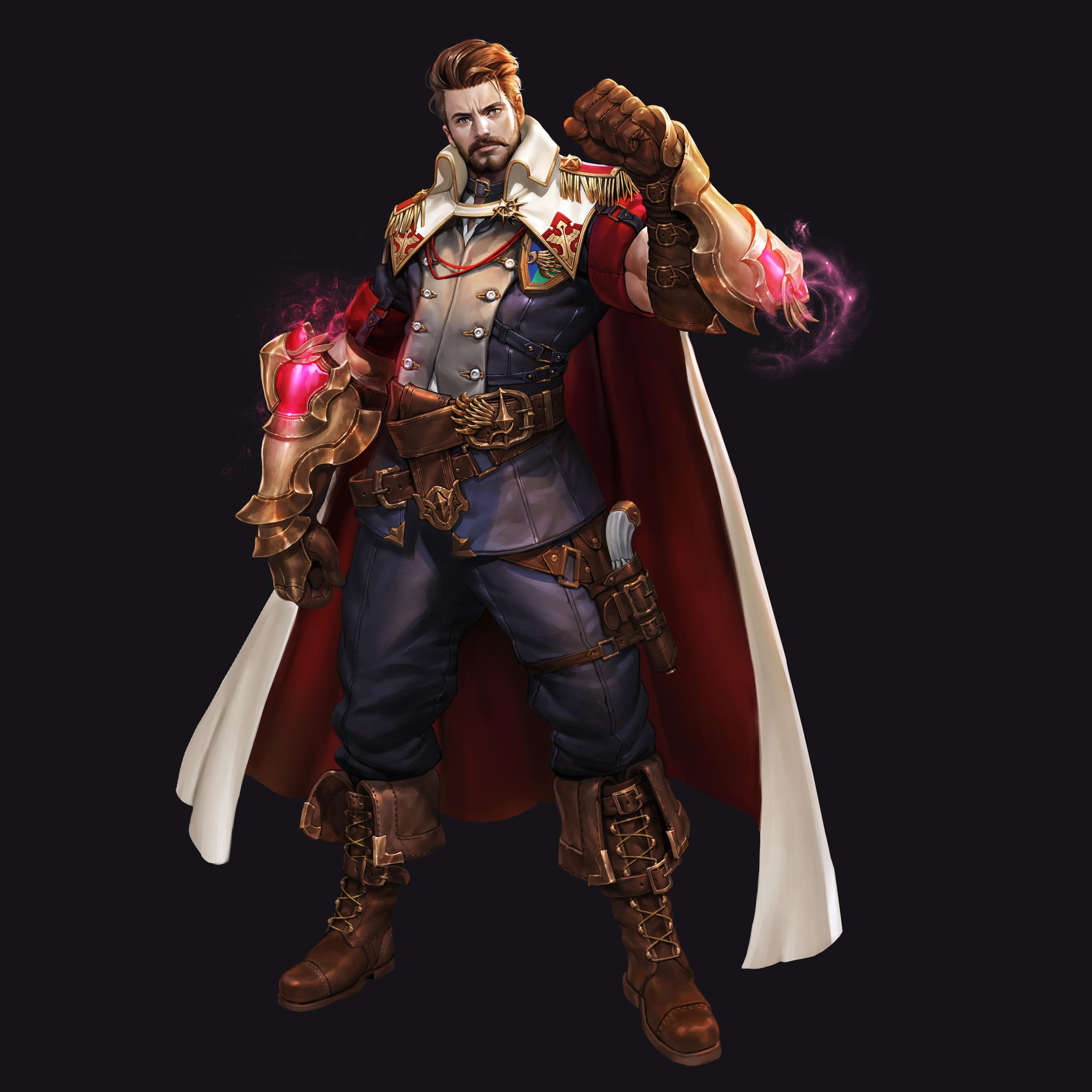
What tools and software do you use most often in your work?
- You primarily use Photoshop, and a Wacom tablet is essential for sketching and detailed work. You don't use a display tablet, and you also enjoy using pencils for sketching ideas.
Which project (personal or professional) are you most proud of, and why?
- One of my projects, "Overprime," stands out the most to me. Although I don't typically enjoy working on SF, studying and putting effort into SF modern design helped me grow both technically and artistically. Now, I can showcase my work in the SF domain. When my work was released, the response from the community was very positive. This project allowed me to reconnect with the essence of creation.
What challenges have you faced in your artistic career, and how did you overcome them?
- Like many artists, I have experienced self-doubt and burnout. In the beginning, the pressure came from comparing myself to others. Over time, I learned that focusing on growth rather than perfection and making progress through consistent practice is important. Instead of rushing, I set the goal of slowly developing myself and continually praised my efforts. I believe the spirit of "grit" is crucial.
What advice would you give to aspiring artists who want to create work like yours?
- Keep working consistently. Share and submit your work in many places — being visible creates opportunities. When you achieve your desired goal, praise yourself rather than relying on others' compliments. If you become satisfied with others' praise, your persistence may decrease.
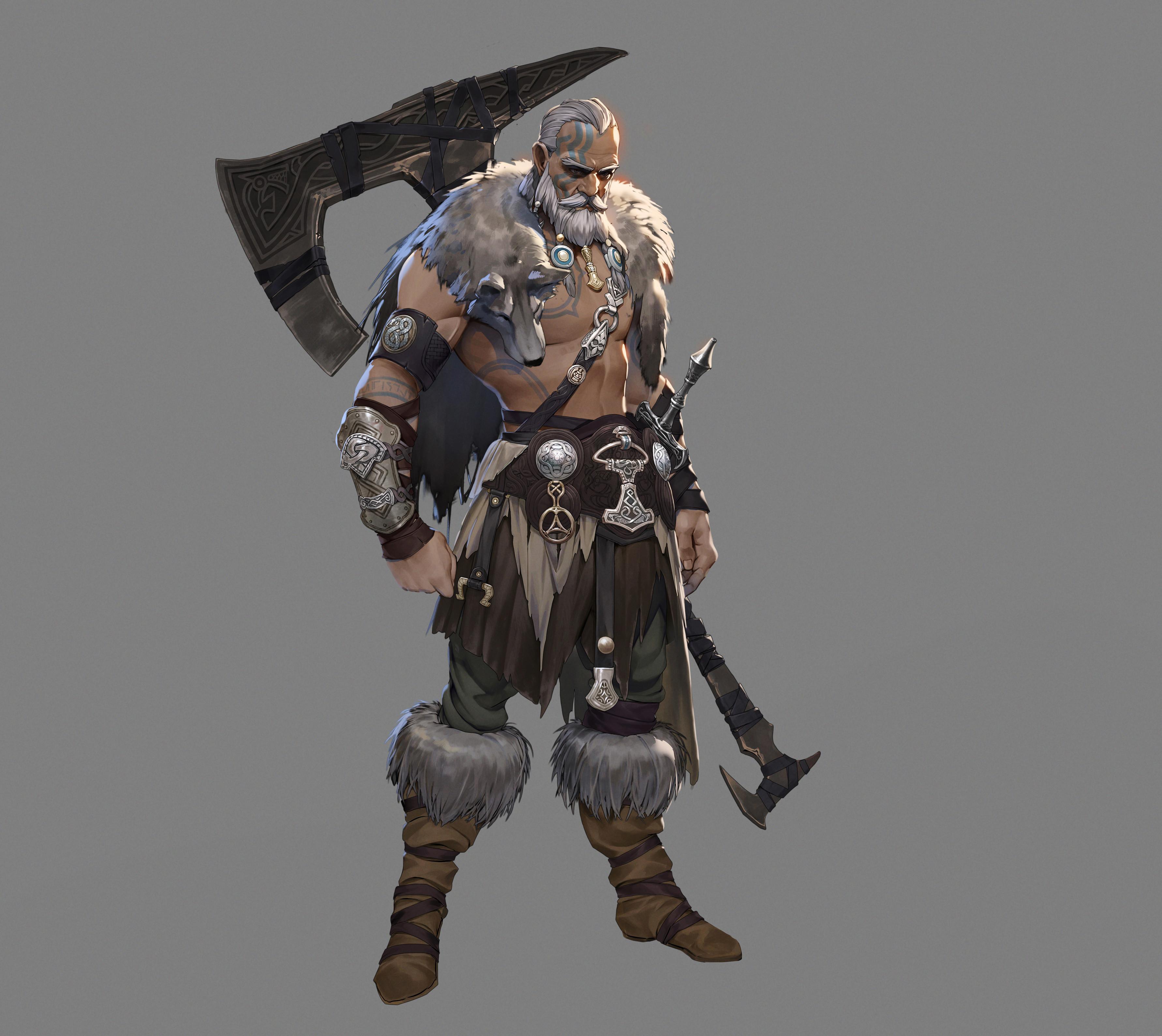
10. Are there any upcoming projects or personal goals you'd like to share with our readers?
- I am planning to work on a project with dark fantasy elements. I am also studying traditional Eastern-style character design. Additionally, I am mentoring junior artists. I hope this interview will be helpful to many people.





